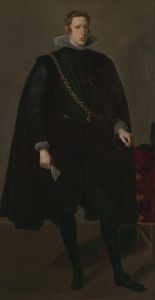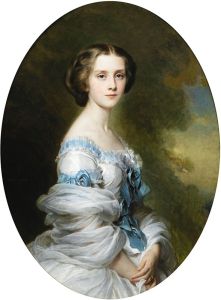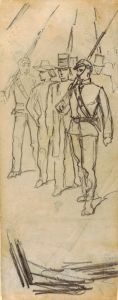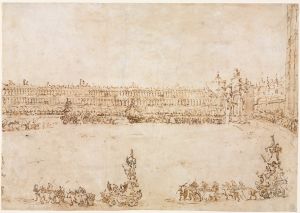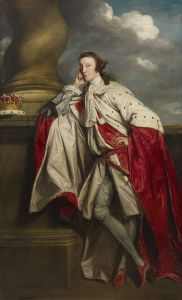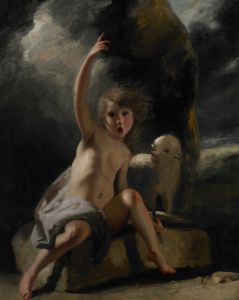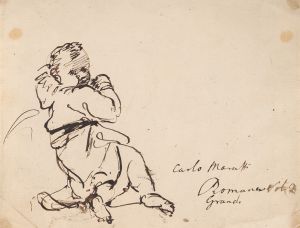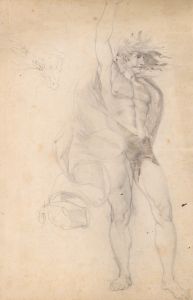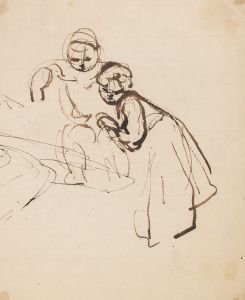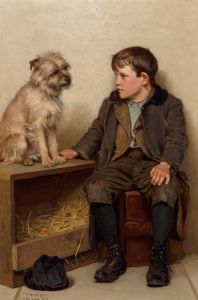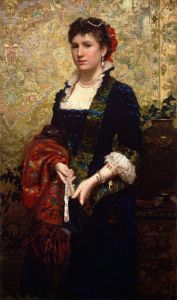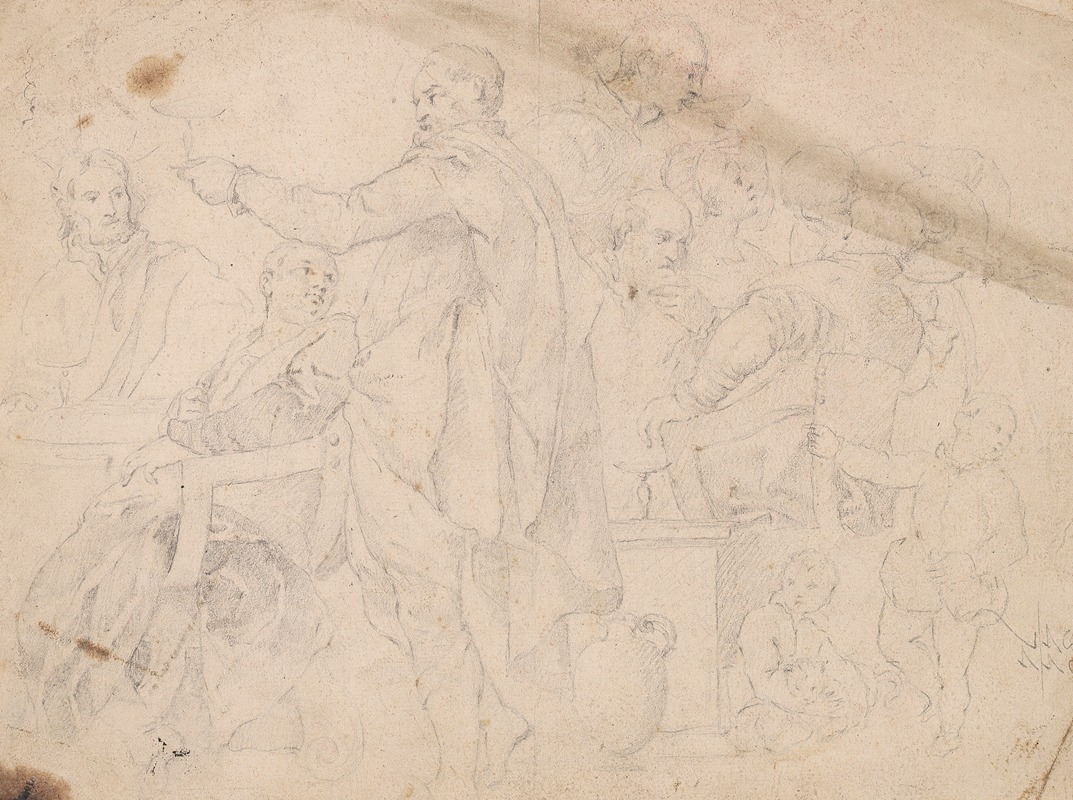
Ten Figures at Table
A hand-painted replica of Sir Joshua Reynolds’s masterpiece Ten Figures at Table, meticulously crafted by professional artists to capture the true essence of the original. Each piece is created with museum-quality canvas and rare mineral pigments, carefully painted by experienced artists with delicate brushstrokes and rich, layered colors to perfectly recreate the texture of the original artwork. Unlike machine-printed reproductions, this hand-painted version brings the painting to life, infused with the artist’s emotions and skill in every stroke. Whether for personal collection or home decoration, it instantly elevates the artistic atmosphere of any space.
"Ten Figures at Table" is a painting by Sir Joshua Reynolds, an influential 18th-century English painter known for his portraits and promotion of the "Grand Style" in painting, which emphasized idealization of the imperfect. Reynolds was a founding member and the first president of the Royal Academy of Arts.
The painting "Ten Figures at Table" is an example of Reynolds' group portraiture, a genre in which he excelled. This work depicts ten individuals gathered around a table, engaging in what appears to be a lively conversation or social gathering. The composition is notable for its dynamic arrangement and the interaction between the figures, which conveys a sense of movement and conviviality.
Reynolds was known for his ability to capture the personalities and social status of his sitters, and "Ten Figures at Table" is no exception. Each figure is rendered with careful attention to detail, from their facial expressions to their attire, which reflects the fashion of the period. The painting showcases Reynolds' skill in using light and shadow to create depth and highlight the features of his subjects.
The identities of the figures in the painting are not definitively known, and there is no concrete evidence to suggest who they might be. However, it is possible that they were members of Reynolds' social circle or patrons who commissioned the work. The setting of the painting, with its elegant table and luxurious surroundings, suggests that the subjects were people of wealth and status.
Reynolds often drew inspiration from classical art and literature, and his works frequently include references to these sources. While "Ten Figures at Table" does not contain overt classical references, the composition and the poses of the figures may have been influenced by Reynolds' study of classical sculpture and Renaissance painting.
The painting is executed in oil on canvas, a medium that Reynolds mastered and used to great effect throughout his career. His technique involved building up layers of paint to achieve a rich, luminous surface, and he often employed glazes to enhance the depth and vibrancy of his colors.
"Ten Figures at Table" is a testament to Reynolds' ability to capture the essence of a social moment and to portray his subjects with both realism and idealization. The painting remains an important example of 18th-century British portraiture and reflects the artistic and cultural milieu of the time.
As with many of Reynolds' works, "Ten Figures at Table" has been studied and admired for its technical proficiency and its insight into the social dynamics of the period. The painting continues to be a subject of interest for art historians and enthusiasts, who appreciate its historical significance and artistic merit.
In summary, "Ten Figures at Table" by Sir Joshua Reynolds is a distinguished example of group portraiture from the 18th century, showcasing the artist's skill in composition, characterization, and use of light and color. The painting captures a moment of social interaction among ten unidentified figures, reflecting the elegance and sophistication of the era.





